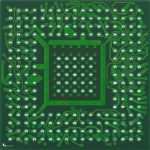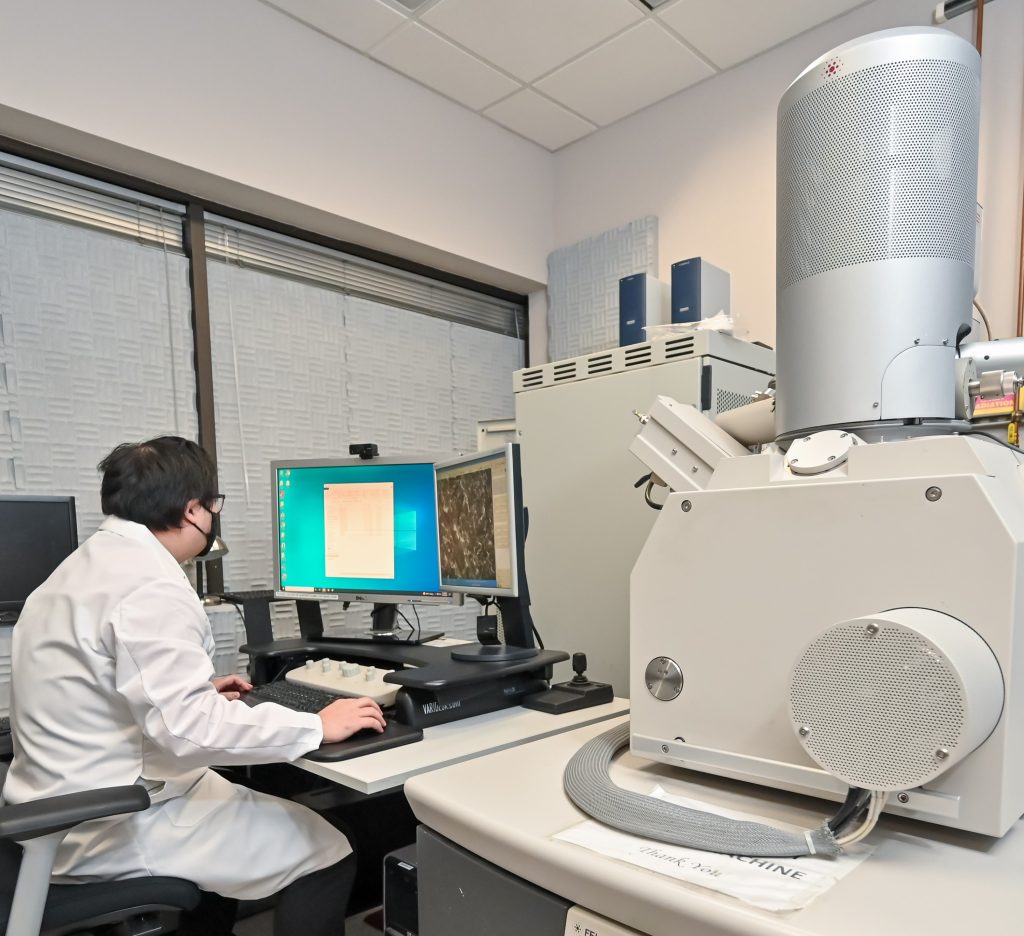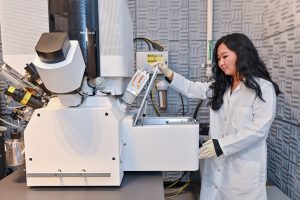
Ask the Expert: Failure Analysis of Electronic Devices
FA plays a critical role in product development and improvement. During this live Ask the Expert event, we will answer pre-submitted questions from our audience about electronic device failure analysis.




